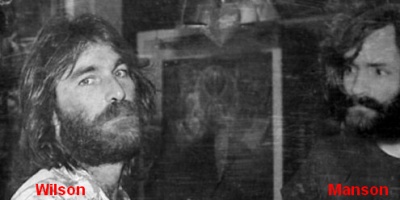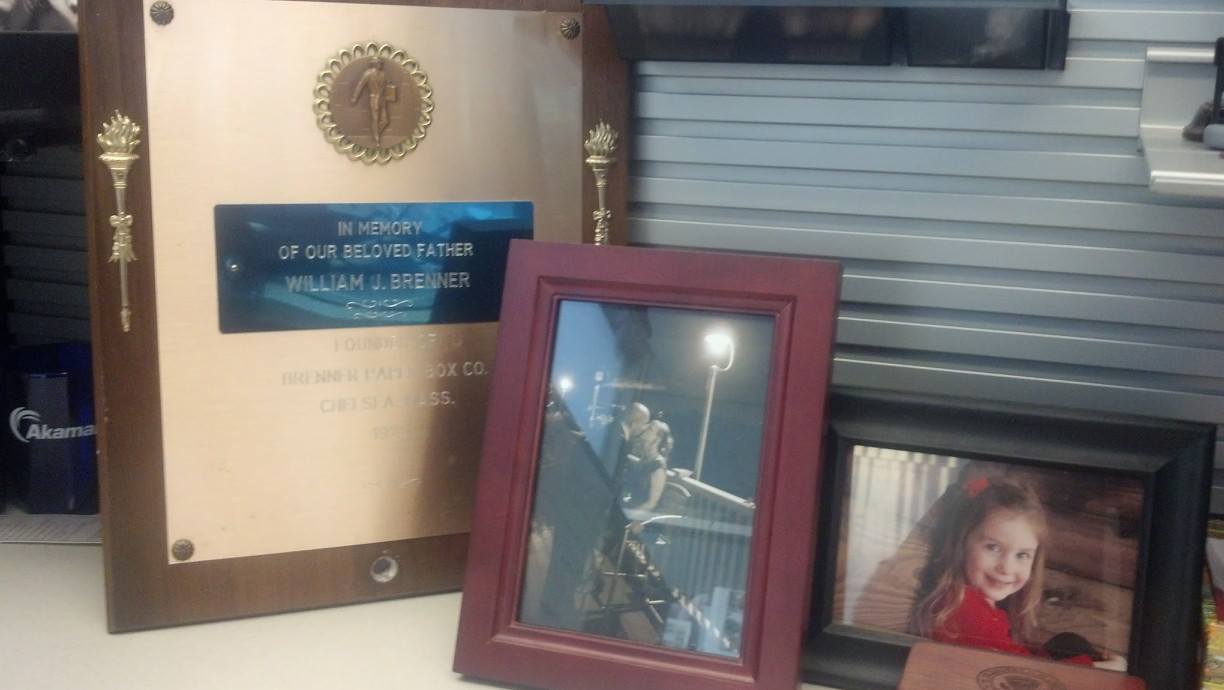I’ve written at length about how Heavy Metal music is one of my most important coping tools. It has gotten me through just about all of life’s difficulties and is a daily source of strength. A friend sent me an article that really drives home the point.
Mood music:
I just got done reading “Louder Than Hell: The Definitive Oral History of Metal” and co-author Jon Wiederhorn has expanded on his view that the music is medicine in a Wall Street Journal blog post. He writes:
To those on the outside, the metal world is an ugly scene inhabited by misanthropes, misfits and non-conformists that bucks authority at every turn. Yet for all of its hostility and blatant nonconformity, metal is a panacea for its followers, the only way to make sense of a chaotic, callous society in which they don’t fit.
“I get kids come up to me all the time who tell me they were having a hard time in their lives and were on the verge of doing something drastic,” says Five Finger Death Punch singer Ivan Moody. “Then they’ll say they heard one of our songs and it totally spoke to them and convinced them to keep on fighting. To me, that’s more meaningful than gold records or music awards because it means that these people that are hurting relate to my pain and realize they’re not alone.”
Dismiss stray incidents in which deranged people who happened to like metal did something terrible, and you’ll find that as rebellious as some of its practitioners may be, and as negative as some of their music may seem, metal is ultimately a positive force for those who embrace it. Unlike pop, which endorses a herd mentality, metal speaks to those who question authority and strive to find their own path. It’s music for people who don’t want to conform and seek kindred spirits who crave the same visceral experience.
I couldn’t agree more.
Read the full blog post, and check out the book, which is available here.













